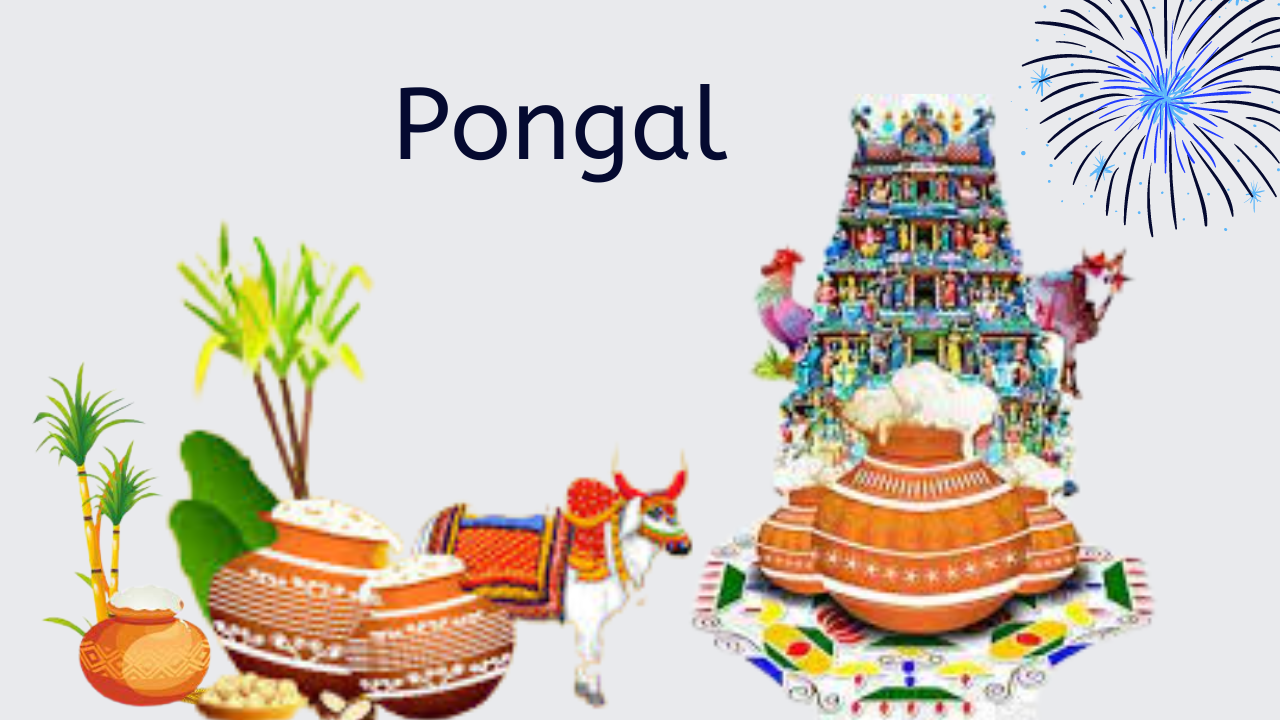Sankranthi ( Pongal )- The Harvest Festival Of India

Makar Sankranti ( Pongal )
Pongal is the harvest festival of Tamil Nadu that falls in the month of Thai (January-February season). The uniqueness of the festival reminds us of the importance of natural resources, especially when the entire world is battling environmental change. It is celebrated on the day when the sun begins to move northwards and is called ‘’ in other places.
Significance of Pongal…
On this auspicious day, the Sun is worshipped as the embodiment and source of Life-Force, without which our existence is not possible. It signifies the event when the sun enters the zodiac sign Capricorn (Makar) and thus the name Makar Sankranti.
Know the Significance of the history of Pongal through these articles:
Everyone will be waking up as the sun rises, getting ready, freshly showered and dressed up for the morning Pongal puja. Designing rangolis, cooking Pongal and decked up in the best new clothes.
The smell of incense sticks would engulf the smell of morning mist, soon to be taken over by the flavors of sweet and salty Pongal, cattle being bathed, verandahs washed and rangolis designed, everything and everyone is hurtling towards making Pongal special every year.
The four-day celebration:
Pongal festival is a four-day celebration affair. Each day is marked by different festivities-
- The first day is called the Bhogi festival:
The first day of the Pongal Festival in Tamilnadu is known as Bhogi Pandigai or Bhogi Pongal. It marks the last day of the Tamil month Marghazi during which people assemble and lights bonfires made of wood and cow dung to burn the unused household items.
2. The second day is called Thai Pongal.
On Thai Pongal, people decorate their houses with banana or mango leaves and embellish the entrance with colorful Kolams. The special sweet dish called ‘Pongal’ is prepared in a traditional earthen pot using freshly harvested rice grains, milk, and jaggery which is allowed to boil and overflow out of the vessel, symbolizing their wish for greater fortunes in the year ahead. The pot is typically decorated by tying a turmeric plant or flower garland and is offered to the Sun.
3. The third day is called Mattu Pongal.
The third day is known as Mattu Pongal which celebrates cows and their holiness. Cattles are decorated with flower garlands, bells, etc, their horns are painted, offered special meals, and worshipped on this day. Cattle are regarded as sources of wealth for providing dairy products, fertilizer, transportation, and agricultural aid by the Tamil Hindus. Many cultural programs and cattle race like ‘Jallikattu’ takes place on this day.
4. The Fourth day is called Kaanum Pongal.
The end of the Pongal Festival is marked by Kaanum Pongal, also known as Kanya Pongal. On this day women and young girls perform a special kind of ritual called ‘Kanu Pidi’ and pray for the well-being of their brothers. According to this ritual, they place a leaf of turmeric plant in the courtyard of their house and feed the leftover ‘Pongal’ dish from Surya Pongal to the birds, especially crows.
The four days of Pongal are considered the ‘thanksgiving’ festival’ because this festival is celebrated to thank the Sun God and Lord Indra for helping farmers in getting better-yielding crops.
Know more about the auspicious festival of India through these articles:
As the month of January arrives, the happy cries of Pongal fill in the air of all the states of India. After all, it is one of the most awaited festivals of India.


